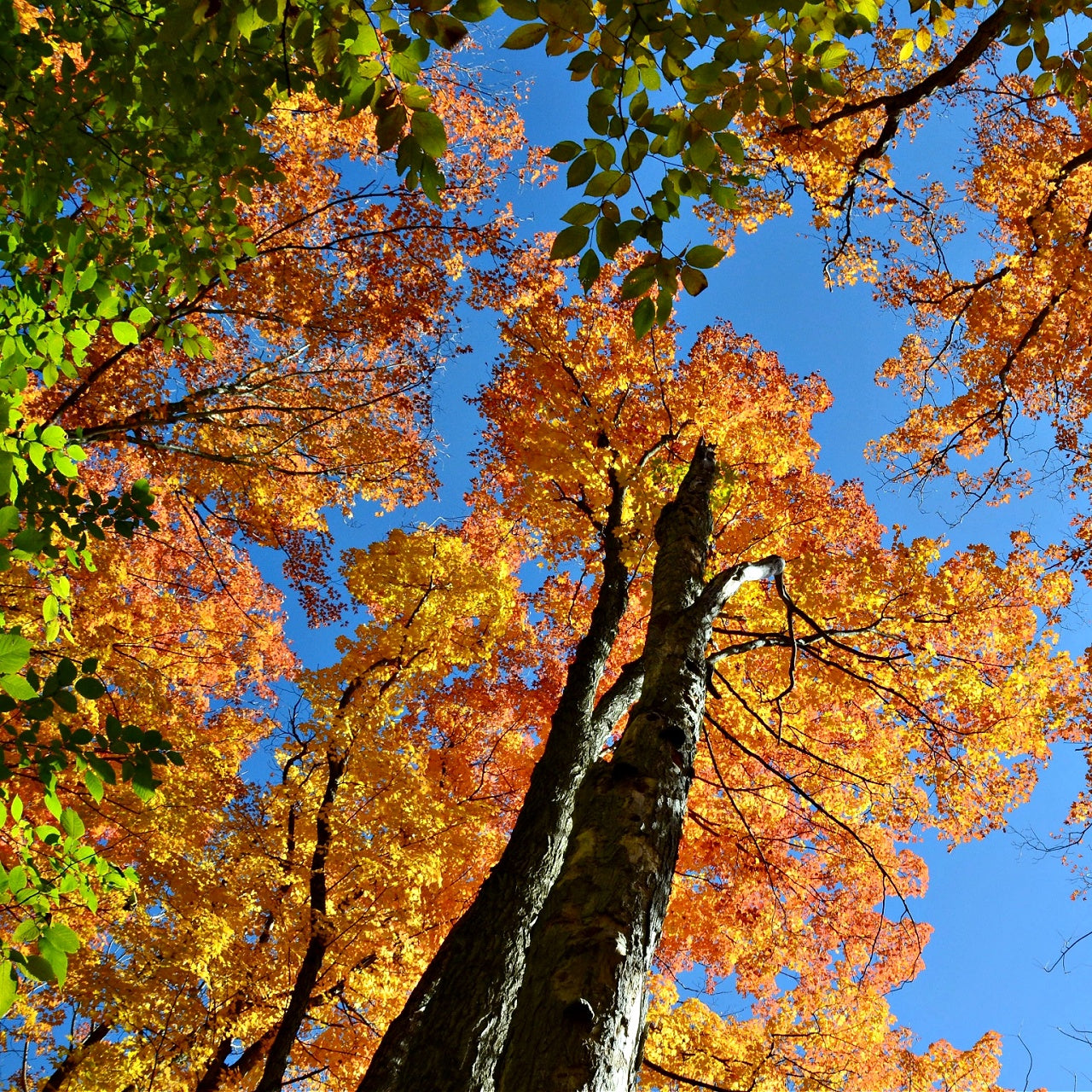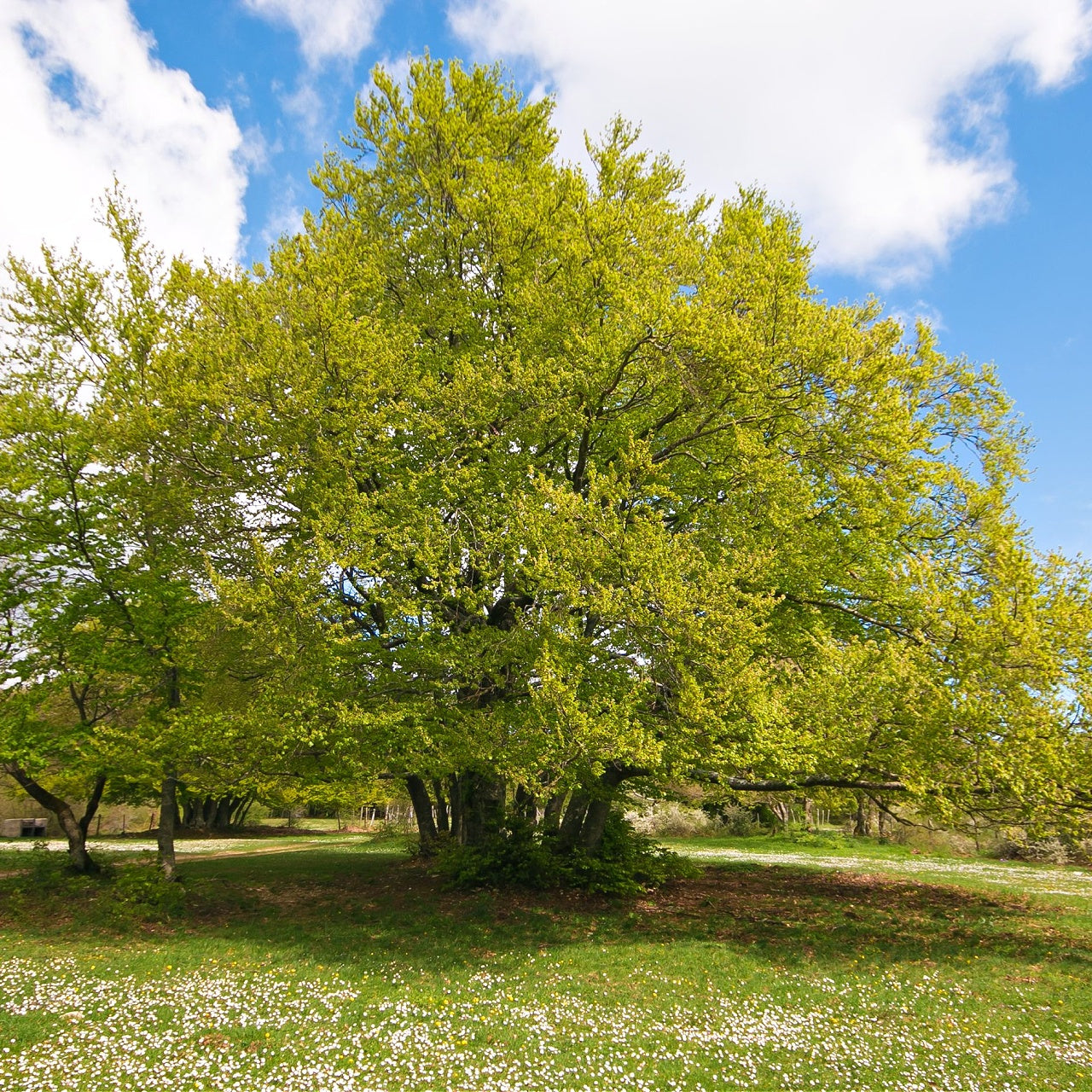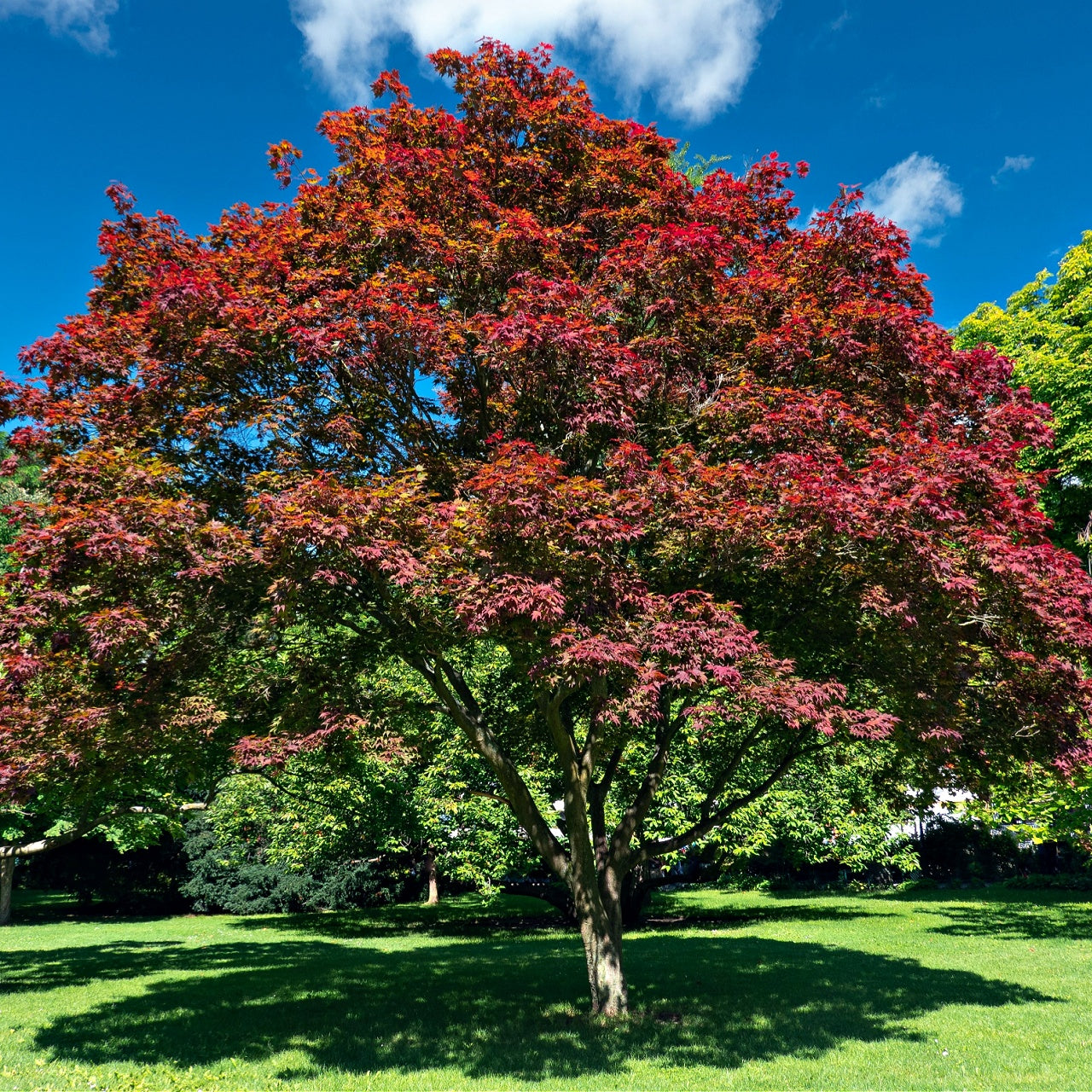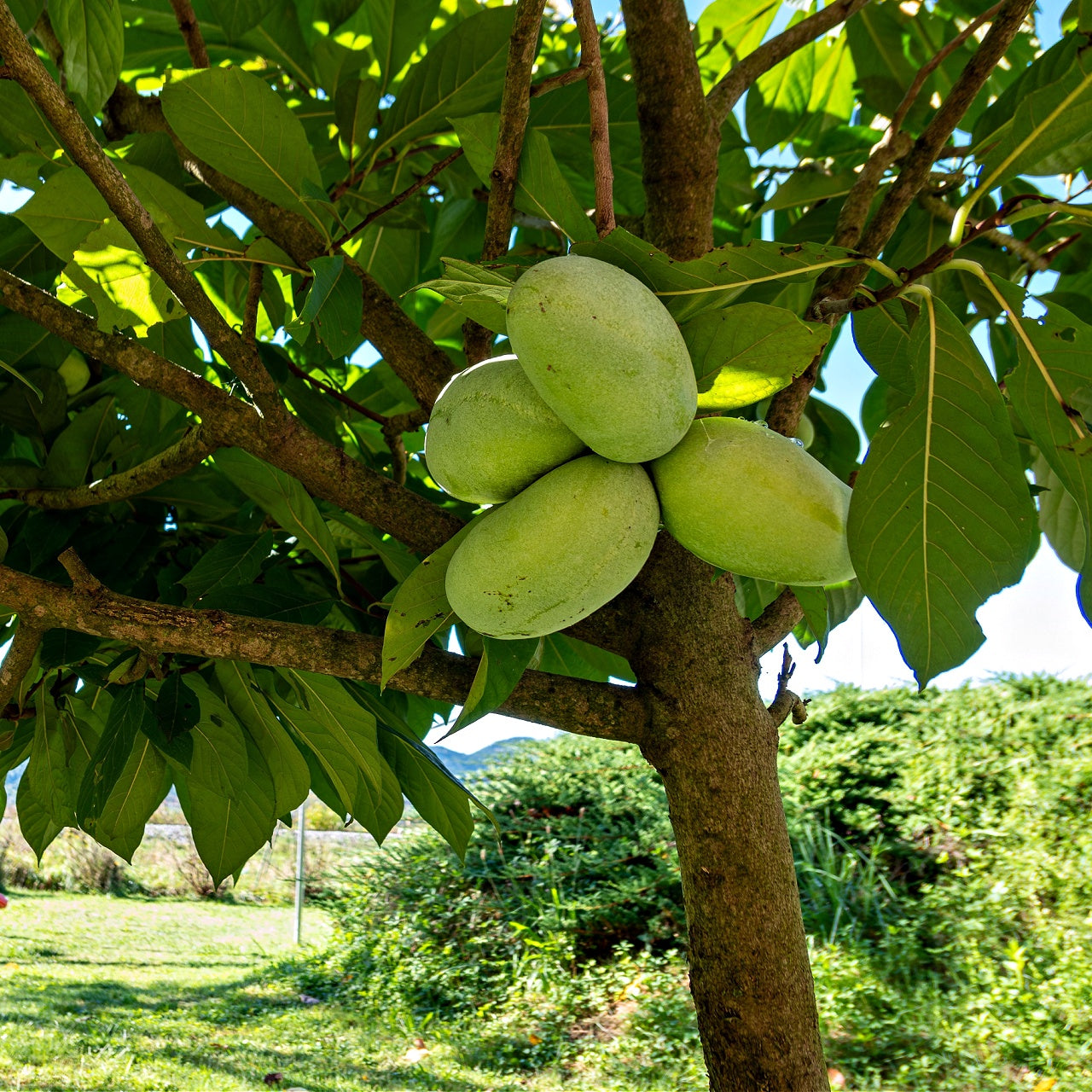
Boost Curb Appeal with Wildflower Perennials
Boost Curb Appeal with Wildflower Perennials
How Can Cultivated Wildflowers Enhance Your Property?
Imagine driving along a country road and looking over a field flush with amazing wildflowers. The varying petals pepper tall grass, reminding you of nature’s inherent beauty. It may also lead you to pick some or run an online search to discover if these native perennial plants make sense for your property.
Many of the flowering perennials that people enjoy in their gardens every day started as wildflowers. The only difference involves professional plant nurseries and gardening enthusiasts providing them with nutrient-rich soil, precision watering, and a little care. You may love having them enhance your grounds if you feel inspired by randomly growing wildflowers.

7 Nursery-Grown Perennials Plants That Are Wildflowers
It may surprise avid gardeners to learn that mainstay flowering perennials such as the Black-Eyed Susan and Daisy grew wild until nurseries invested in their cultivation. As a wildflower, these and others typically struggled to compete with tall grass and unsteady elements. They rarely achieved the full potential that home and commercial property owners enjoy today. That being said, these rank among the less-known wildflower plant nurseries now offer.
Trillium: These rare woodland plants flourish in partial or complete shade spaces. Identified by their deep green leaves, these low-growing assets enjoy a wide range of colorful blooms, including white, pink, purple, red, and yellow. Home gardeners may require patience with Trillium because it takes seven years to bloom. Trillium can be deployed under shade trees along a property’s perimeter to increase aesthetic value and privacy.
Red Cardinal Flower: Also called the Red Lobelia, this North American native perennial grows quickly in zones 1-10 and matures to four feet tall. It earned a reputation for attracting hummingbirds and butterflies and typically blooms toward summer’s end. Because it has reportedly been over-picked in the wild, an increased number of gardening enthusiasts rely on nurseries for healthy plants. It requires moist soil and thrives in partial to full shade.
Bluets Flower: Also known as Quaker Ladies, this slender, subtle wildflower ranks among the lovely low-growers. Maturing 3-8 inches, its delicate light blue petals are not necessarily prevalent across North America. Several regions may not see them flourish in shady spaces. Bluets make an excellent addition to shade and rock gardens in places where other wildflowers might not thrive.
Touch Me Not: Also commonly called the Jewel Weed, this wildflower produces a magnificent orange flower from early summer through late fall. It enjoys full to partial sun and can mature to over 60 inches. It can cover 10-20 square feet, making it a standalone asset in front yards and along hardscapes. The Touch Me Not earned its name from its seed pod bursting when inquisitive fingers make contact.
Leatherwood Fern: Many ferns grow abundantly in deep forests and along water sources. But transplanting them from a natural habitat to suburban landscapes can be challenging. Homeowners typically rely on professional nurseries to grow Leatherwood Ferns prepared for healthy transplanting.
Rue Anemone: This perennial presents with a delicate white or blue flower and grows in small clusters. The deep woods wildflower blooms during spring and is widely regarded as an asset alongside taller perennials, such as Black-Eyed Susan or Daylilies. Family gardeners often strategically plant the bulbs in areas they want to deter rabbits and other nuisances.
Cherokee Sedge: It’s not uncommon to think exotic grasses come from other regions. But Contrary to popular belief, Cherokee Sedge ranks among the more eye-catching native grasses available to property owners. Sedge grass prefers partial to full-shade areas and provides layered support for flowering perennials. Landscaping professionals routinely place these ornamental grasses directly behind flowers. One of the wonderful aspects of native sedge is that it continues to spread and thicken yearly.
Resisting pulling over and plucking wildflowers out of their natural habitat is essential for various reasons. They support wildlife in the immediate area, and others have become increasingly rare. Wildflowers from a professional nursery are grown for landscaping and add to a sustainable environment. In practical terms, cultivated wildflowers come ready to prosper.






